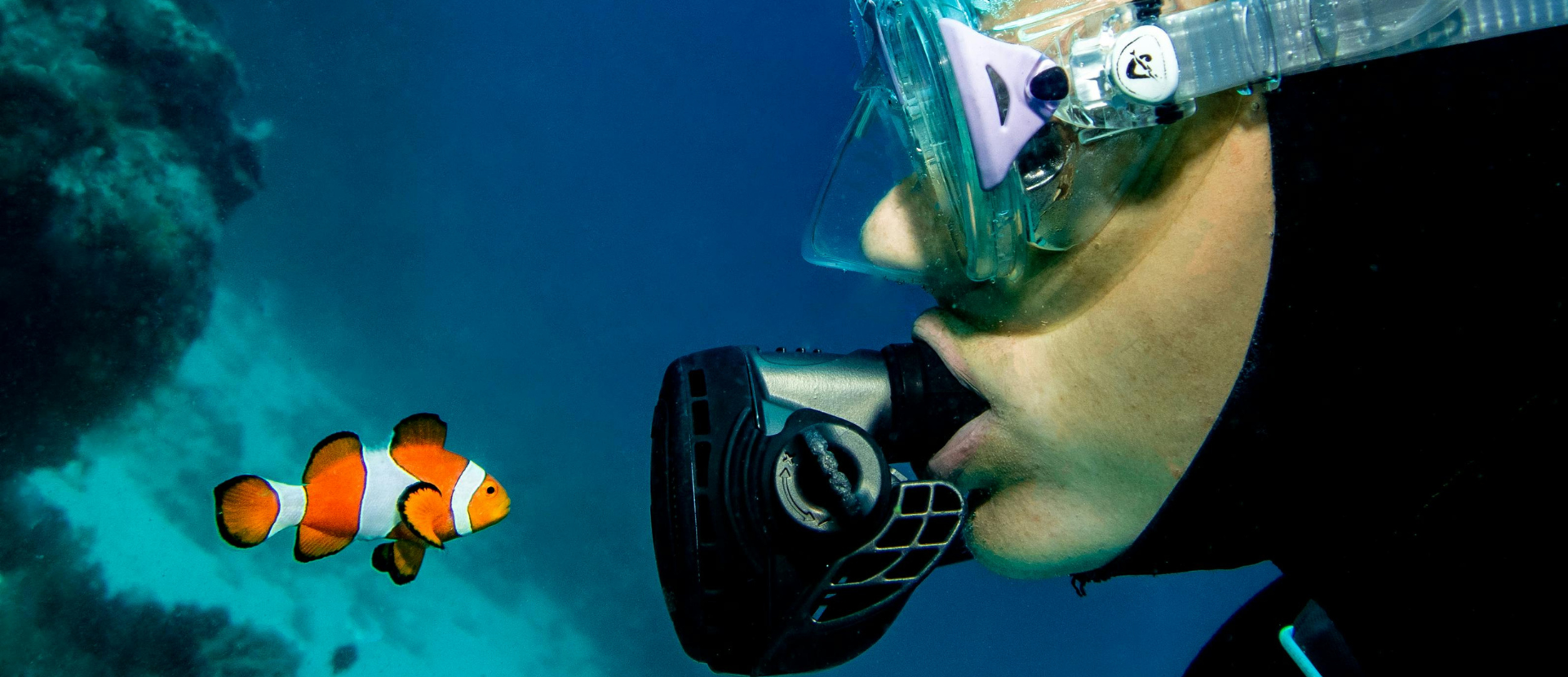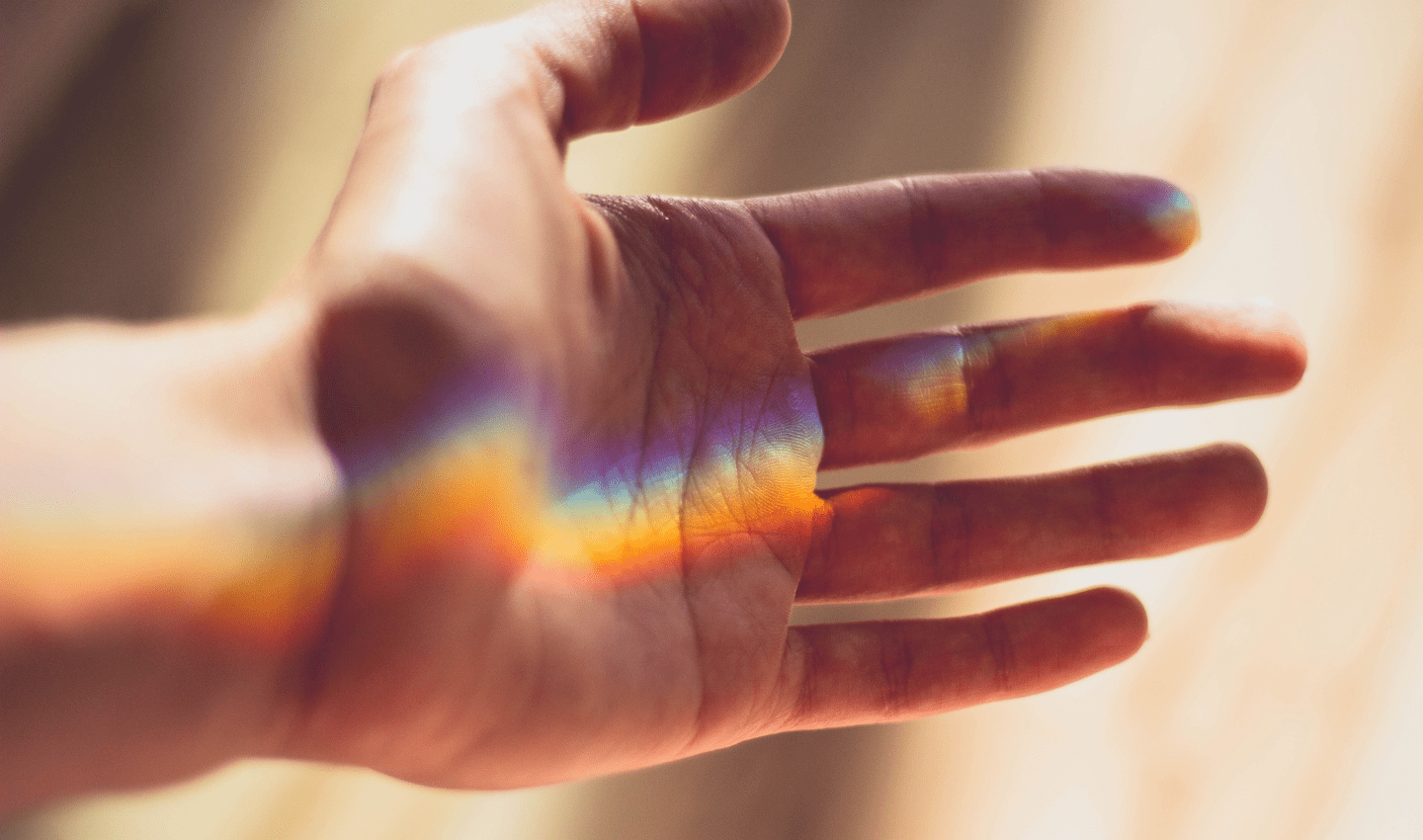- Voices of the Ocean
Why wildlife trafficking matters and what you can do to help
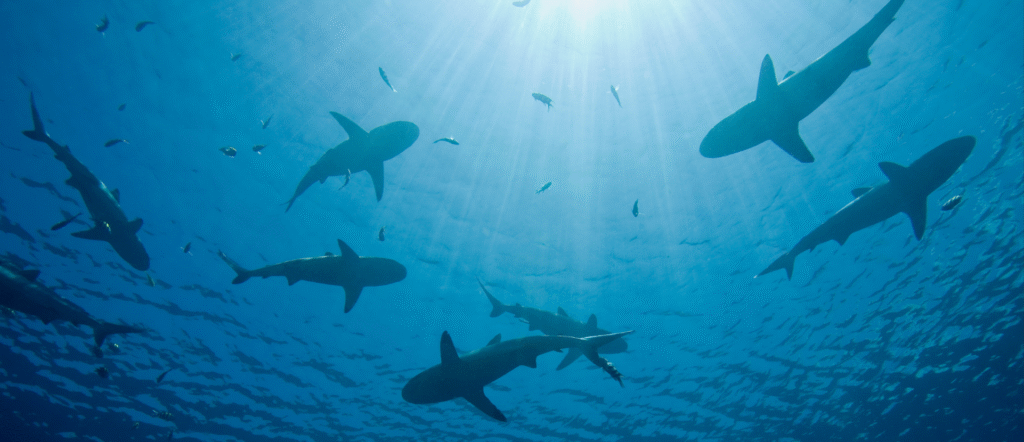
Wildlife trafficking is, unfortunately, a lucrative industry that threatens the existence of many marine species, unbeknownst to many end consumers.
I love the Ocean, and as a Wavemaker, I think it’s important to talk about the not-so-nice topics too. I promise not to dwell on the negatives because in Ocean Generation style, we can always find shining lights of hope and innovation.
Why wildlife trafficking should matter to us all
Did you know that 80% of our Ocean has yet to be explored? The deep blue has long fascinated me, but it faces a dark and menacing enemy: the illegal trafficking of animals and animal parts.
I love discovering species I’ve never heard about or basic facts I’ve taken for granted. That’s why it breaks my heart to know that of the 20% we’ve discovered, wildlife is being trapped, trafficked, and sold on the black market for medicine, for use in beauty products and as pets. None of this is legal and it’s an international problem.
ICYMI: wildlife trafficking, in our Ocean (and on land), involves a dark and messy international network. It involves maritime trade in the ports across the world: from Hong Kong, to Lagos, Nigeria, to Callao, Peru.
In 2021 the International Union for Conservation of Nature (IUCN) assessed over 1,200 species of sharks, rays, and chimera. The report concluded that about 521 of those were “critically endangered” or “endangered” and that 173 did not have sufficient data to analyse the threat level.
Only about 150 shark species are protected under the Convention on International Trade in Endangered Species of Fauna and Flora. But sadly the treaty isn’t recognised by many smaller fishing-based nations. That’s only one of the many loopholes upon which traffickers capitalise.
Trafficking of endangered species disrupts Ocean ecosystems and impacts fish supply in fishing communities. The actors involved range from big business and criminal organisations to fishermen unknowingly contributing while simply trying to feed their families. Many (but not all) of these actors are armed with advanced technology and weapons, hence well equipped to avoid detection.
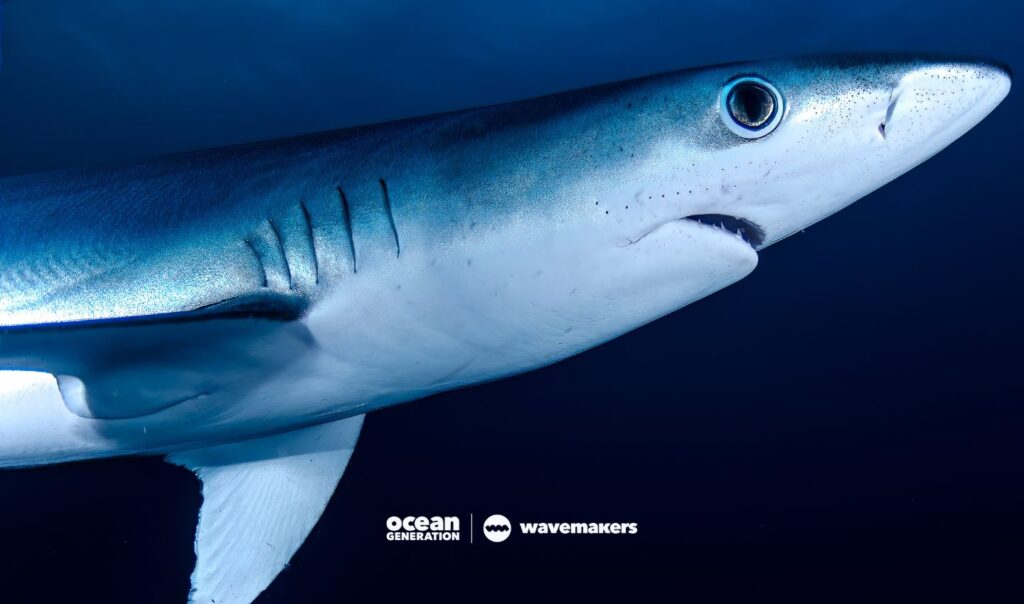
What do beauty products have to do with sharks (and sea cucumbers)?
Many Ocean species are targeted for wildlife trafficking, for various reasons. Sharks and sea-cucumbers are prime targets for use in the beauty industry, of all places.
Firstly, if all you know about sharks comes from the movies, please read this great article from Ocean Generation! I’ve come to love sharks: they’re prehistoric, majestic, powerful, and curious creatures. They have astounding sensory systems (they can feel the electricity in your heartbeat!), and are just as curious as your dog who runs and sniffs every unknown person in its environment.
Unfortunately, sharks are a prime target for wildlife traffickers. Their liver contains a highly sought after oil compound called squalene. Research shows that ⅓ of shark species on the IUCN Red List (i.e. threatened, endangered, or critically endangered) are targeted.
Squalene has been used in beauty products for a while, and is in high demand because…
“[it] increases the spreadability and absorption of creams [and can] diminish the appearance of fine lines”
Traffickers will capture sharks just to get squalene in large enough quantities to sell to big beauty companies.
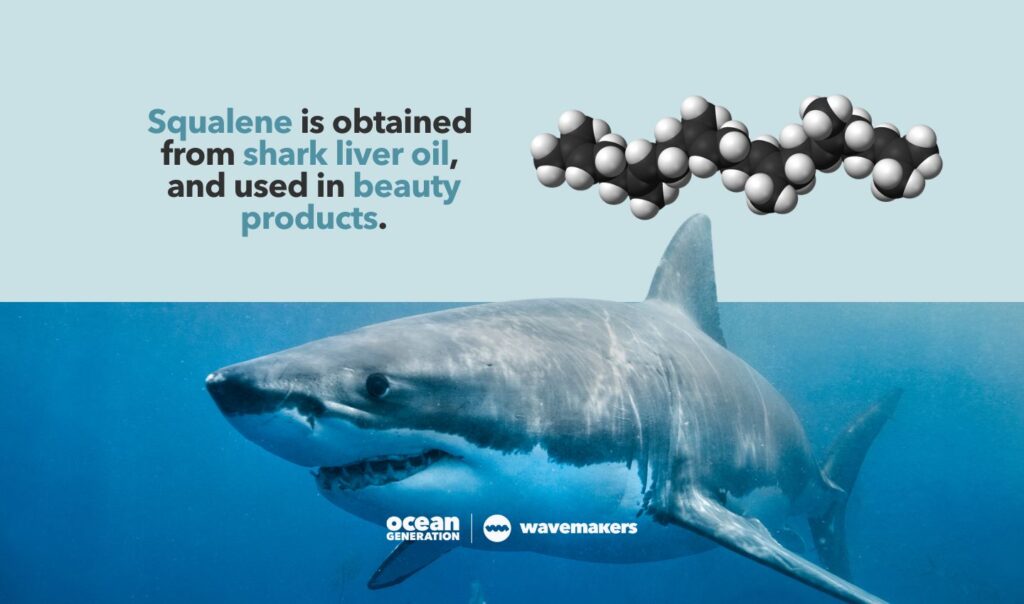
What about sea cucumbers?
This occurs with a lesser-known creature, at least in Europe and the Americas, too: the humble sea cucumber. Named after the texture of its skin and oblong shape, these little guys are ‘bottom feeders’. They play a vital role in recycling nutrients and even in lowering Ocean acidity.
Unfortunately, their nutrients are highly sought after in traditional Asian medicine. There are conflicting reports, but some researchers state that compounds derived from sea-cucumbers can help with anti-ageing, hypertension, joint problems, and Alzheimer’s disease. These findings should be taken with a pinch of salt because studies with humans are scant.
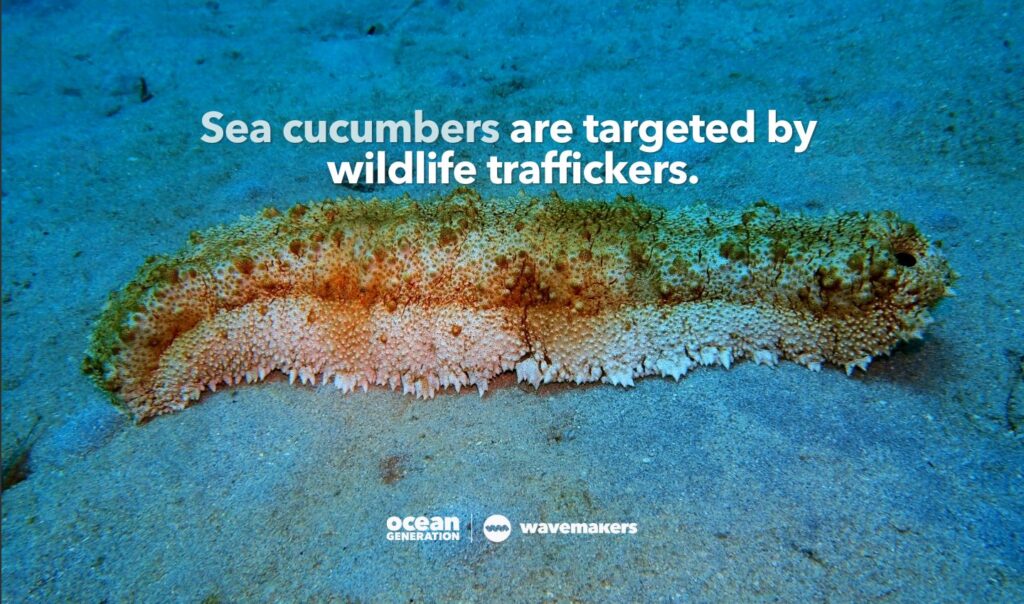
A light at the end of the tunnel.
If I’ve learned anything from Ocean Generation, it’s that there’s always a way to start making a difference… no matter how small the action or how big the problem. I particularly love to see solutions from Mother Nature to better protect our Ocean!
On the microscopic-level beauty companies have found innovative and science-backed solutions to avoid using squalene. Turns out, hydrating skincare products can be supplemented with fermented sugar cane-derived squalene.
Calling on man’s best friend: K-9 Detection Units
On the macroscopic-level, authorities worldwide have turned to man’s best friend for help to curb wildlife trafficking.
Working with K-9 units and modern technologies makes a more effective monitoring and detection system for trafficked organic matter. Dogs have been used with great success in Kenya and Australia at sea and airports. A dog’s sense of smell (much like that of sharks) is far more effective than visual detection by humans. Hence, K-9 units can pick out suspicious bags, that are then checked thoroughly with X-rays and 3D scans.
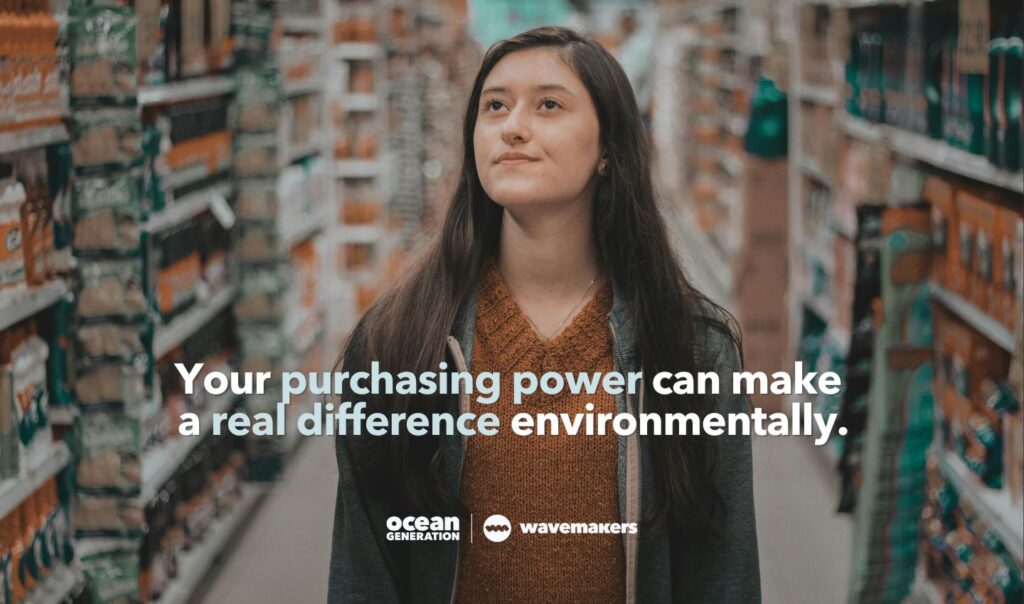
‘What can I do about wildlife trafficking?’
That’s a question that many people ask themselves and that we’ve discussed in our virtual book club, “Current Conversations”. We know that in large companies, collaboration, R&D and innovation are vital to finding effective alternatives.
On a more personal scale, you can use your purchasing power. This means a few different things:
- Do your research: before you shop, look up your go-to brands and learn how they source their ingredients.
- Read labels carefully: check the ingredients and look for symbols such as “sustainable”, “fair trade” and “not tested on animals”.
- Choose wisely: consider more than just trends and availability when buying items.
- Spread the word! Tell your friends and family about eco-conscious companies and what you’ve learned here (and from your research).
Let’s work together, from the sea floor up, to combat wildlife trafficking!
Thank you for raising your voice for the Ocean, Sana!
Learn about how to submit your own Wavemaker Story here.


